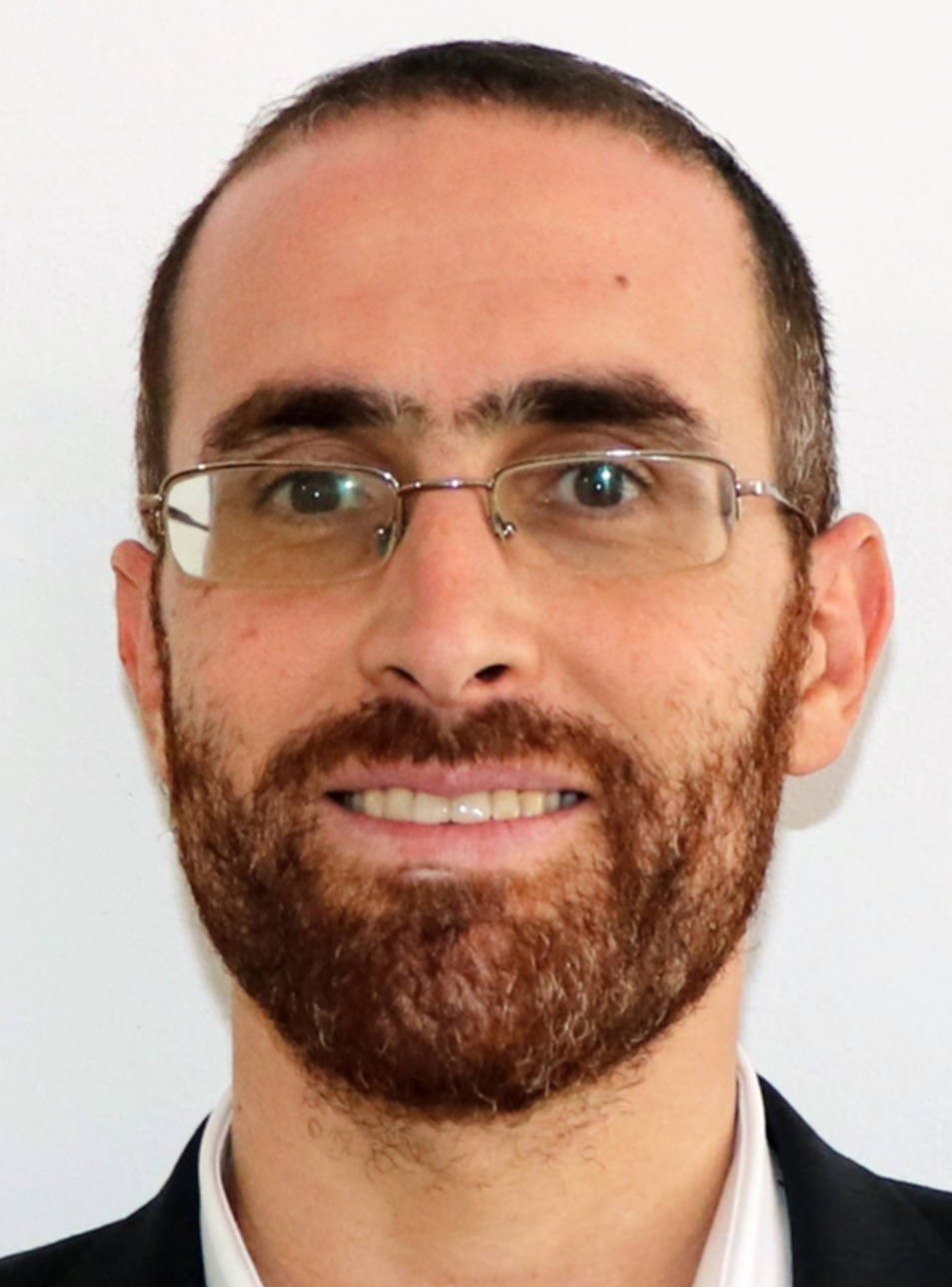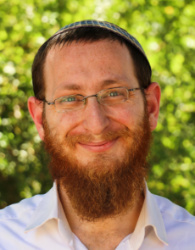Elevation to the Source of All
By: Rav Yitzchak Dei
At the beginning of the parsha we read the command to Aharon to light the Menorah in the Mishkan. However, we must reflect upon this, since the command to light lamps in the Mishkan was already given in parshat Tetzaveh and repeated in parshat Emor. We need to understand what new aspect comes to light in every parsha, and what is special in our parsha.
The Ramban points out the differences between the commands to light lamps in the Mishkan in this way:
Behold, it (the Torah) says at the beginning (Shemot 27:20) "And you shall command… and they will bring you pure crushed olive oil to light the lamp continually" and this could be understood that (the lamps) are to be lit in in the Menorah when it exists, as it says regarding its construction (Shemot 25:37) "And he will kindle its lamps and it will shine towards its middle" (על עבר פניה – literally: towards its face). But should it (the Menorah) be lost or broken (then we could infer that) the lamps will be lit without a Menorah, and (the lack of) the Menorah doesn't prevent the lighting, because the mitzvah is to always light the ner tamid (eternal lamp).
And afterwards added: And He commanded, from that time and for all generations (Vayikra 24:2) "Command B'nei Israel and they will bring you pure olive oil" and it says there (24:4) "Upon the pure Menorah he will arrange the lamps" – that they will not arrange them anywhere except upon the pure Menorah.
And here (in our parsha), after it (the Torah) competed the description of the setting up of the Mishkan, it also completed all the laws pertaining to the lamps, and commanded that over the generations all seven lamps will illuminate toward the middle of the Menorah, as it mentioned in the making of the Menorah "And he will light its lamps and it will illuminate toward its face" – (with the requirements) that this is not (to be done) without the Menorah or without all the lamps lighting toward its face.
The Ramban teaches us that there is a progression in the command to light the lamps.
At first the command is to light ner tamid. And the Menorah isn't mentioned at all, even though we knew that it is one of the fundamental vessels of the Mishkan, as written in parshat Terumah. Nevertheless, not lighting the entire Menorah is not an impediment to this and even one candle is enough. Additionally, if the Menorah should break or be lost for any reason, this also doesn't prevent the lighting of the lamp.
Afterwards, at the second stage in parshat Emor, the command is introduced which requires to light only with the Menorah, and without the Menorah there is no lighting.
The third stage is in our parsha: When you (Aharon) light the lamps "towards the face of the Menorah will the seven lamps illuminate." The light of the lamps must be directed toward the "face" meaning the middle shaft.
What lies behind this progression, and what does it teach us? Why doesn't the Torah give the entire command to light the Menorah at the same time?
Apparently there is a great principle to be learned from this, and this will become clear after we introduce another subject which we learn from the Menorah.
It is known that the vessels of the Mishkan point to different principles in Am Israel. The altar exemplifies service and sacrifice, the Ark embodies the Torah, the shulchan (table) indicates blessing and livelihood ("He who wishes to become rich should go north" - the table is at the north of the Mishkan). When we attempt to understand the significance of the Menorah, there is a sense of redundancy, since the Menorah signifies the wisdom of the Torah and this already exists in the Ark of the Covenant. In HaEmek Davar at the beginning of our parsha, the Natziv explains at length the relationship between the Aron and the Menorah, and concludes that the Aron represents the written Torah and its passing down from Sinai, whereas the light of the Menorah symbolizes the capability of deep analysis and innovation which spring from diligent study of the holy Torah, and this leads to new perspectives on halacha and phenomenal works of Talmidei Chachamim. It is highly recommended to see the wonderful words of the Natziv. (Innovation - chidush - means learning new dimensions from the classic Jewish sources according to sanctioned guidelines. "Innovation" does not mean modern inventions and deviations with no basis in halacha!)
Now we see that the Menorah symbolizes the wisdom of the oral Torah, and especially the spark of innovation and the labor of the Torah scholars delving in it.
According to this principle, we can explain that the progression in the command regarding the Menorah expresses the process which a Torah scholar experiences when he studies the oral Torah.
There is a famous expression in Chassidut and the Kabbalah called Chochmah Binah v'Da'at (wisdom, understanding and knowledge). These are three stations in progress and elevation which start with Chochmah – the first preliminary flash, the first encounter with the idea. It continues with Binah, the processing of the preliminary idea ("Binah – libah [lev=heart] and through it, the heart understands"). At this station, the scholar "digests" and processes the subject and strives to accommodate and accept it in his intellect. And then he reaches the last station, which is the culmination of the process: Da'at – as in "And the man (Adam) knew (yada=da'at) his wife Chava" – connection and identification with the idea, and the sense that it is literally part of him.
In Torah study we strive to attain Da'at, as we say: "Favor us with wisdom, understanding and knowledge" - intimate identification with the subjects we learn and internalizing the concept that Torah and its Mitzvot are our life and the length of our days.
Now, we can understand that the three commands regarding the lighting of the Menorah allude to this process:
At the beginning, "ner tamid." The first light, Chochmah, an idea which we hear and accept. Afterwards, we are already discussing the seven candles, the Menorah. And this is obligatory. We must demand to reach an understanding from the general principle to the details, while paying attention to the seven shafts, knobs and flowers. One labors to understand the broad concepts and the fine details, to be familiar with the system and to understand it well.
Afterwards, in "Beha'alotcha" we soar up to Da'at, as the Ramban says regarding the special command in our parsha: "And not without all the lamps lighting toward its face" – we cannot exempt the great quality of "all…toward its face (the center)." Everything turns toward the source, identifies with and includes itself in the source for all, and the understanding that everything begins with the word of HaShem which is revealed to us.
May we succeed in reaching, in our Torah study, to the level of Da'at, and through labor and understanding, achieve internalization and identification.
Shiur ID: 9274
Do you have a comment or question on the shiur?
Comment below and we'll join the discussion
Add your comments:



.jpg)
